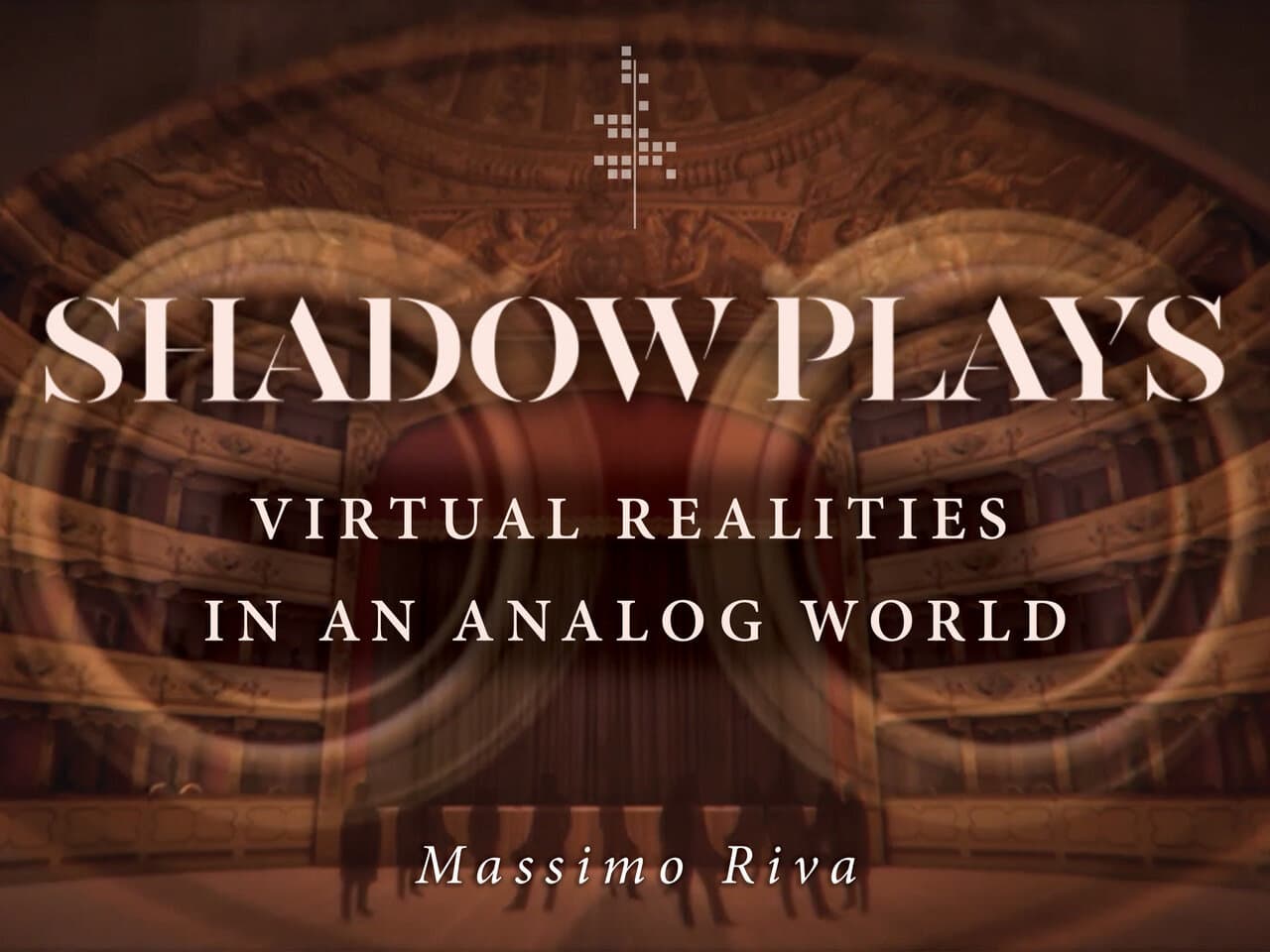Shadow Plays
Award Winner
2024: ACLS Open Access Book Prize
Finalist for the 2024 ACLS Open Access Book Prize, sponsored by the American Council of Learned Societies.2023: PROSE
Winner of the 2023 PROSE Award in the e-Product Category, sponsored by the Professional and Scholarly Publishing Division, Association of American Publishers.

Shadow Plays explores popular forms of entertainment used in the eighteenth and nineteenth centuries to transport viewers to a new world, foreshadowing present-day virtual, augmented, and extended reality experiences (VR, AR, and XR). Typically studied as part of the prehistory of cinema or the archaeology of media, analog technologies such as the mondo nuovo or cosmorama, the magic lantern, the moving panorama, and the stereoscope evoked shadow copies of our world long before the advent of digital technologies and exercised a powerful pull on minds and imaginations.
Through six case histories and eight interactive simulations, Massimo Riva explores themes of virtual travel, social surveillance, and utopian imagination, shedding light on illustrious or, in some instances, forgotten figures and inventions from Italy's past. Arguing for the continuity of experience and imagination, Riva adopts the term virtual realism, an experience marked by the virtualization of the real and the realization of the virtual. At a time when the gap between simulations and "real" experiences is getting ever smaller, a cultural-historical exploration of the prehistory of virtual reality can help us better understand the present in light of the past while exploring the past using the tools forged in the present.
"One of the most original and provocative projects I have ever read. The case histories presented explore the social and economic impact of early optical devices, an often forgotten and yet fundamental aspect of eighteenth- and nineteenth-century culture."—Massimo Ciavolella, University of California, Los Angeles